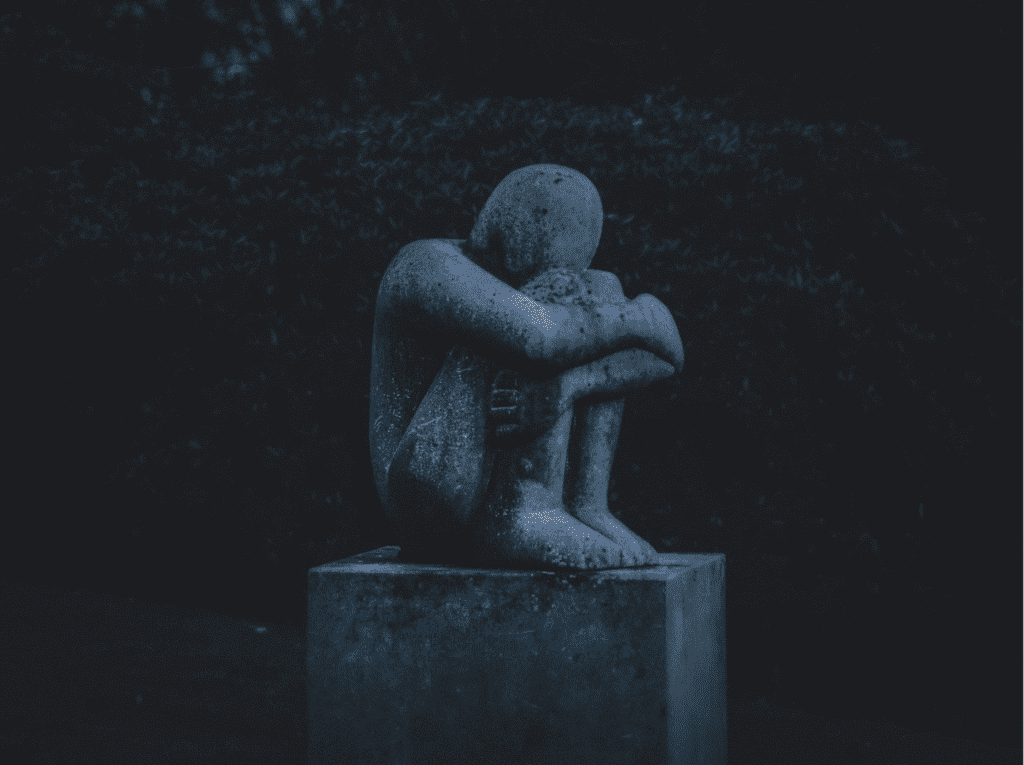about
breathwork
“Breathwork is ultimately a practice that changes rhythm, volume and capacity of breathing. The reason why that’s important is our breathing state changes our nervous system and our nervous system governs all of our organs including regulatory function of endocrine system, which is our blood chemistry and that changes how we think and perceive the world, which changes how we live. So, if we change our breathing we change how we live.”
Edward Dangerfield
A balanced nervous system is a key to good health, happiness, and wellbeing. Without a well-regulated nervous system, our body functions in a flawed way. This enables stress, anxiety, depression, and physical health problems to pile up over time. All of it becomes reflected in our psychology.
Conscious connected breathing (CCB) restores our innate balance and overall wellbeing. Breathing changes how our nervous system and brain work. It changes the endocrine system, our hormonal balance, and our blood biochemistry. Breathwork influences how we feel, and how we relate and interact with the situations and world around us. It boosts our emotional capacity and resilience.
Breathwork changes how we live.
The cause of all our daily miseries is chronic stress in its various forms. For instance, stress can be experienced as chronic frustration, anxiety, anger, fear, or depression, among others. These are all caused mostly by the same mechanism – the suppression of emotion. Similarly so is trauma, which is also a response to not being able to express an emotion or feeling in a safe environment.


When we suppress our emotions for long enough, their energy gets transferred and stored in our subconscious mind. It happens in the nervous system on a cellular level. Even the suppression mechanism itself may become subconscious action. Our emotions get trapped in our bodies but hidden from our consciousness. We may still feel them, but we are not aware of them. At the same time, we may become numb and disconnected from our sensations and (areas of the) body in general. On different levels we may develop:
- dissociation
- zooming out
- numbness
- freeze response
- hardship in concentration
- depression
- anxiety
- heightened sensitivity
- becoming easily triggered
- inability to face or tolerate certain situations or emotions
- repeatedly attracting similar types of people into our relationships and lives etc.
According to Dr. Bruce Lipton, at least 95% of our thoughts are subconscious. That means at least 95% of our life is guided by our subconscious programming – thinking and behavior.
When our suppressed emotions are transferred into our subconscious mind, that’s where they become automated subconscious thinking and behavioral patterns. These begin guiding our daily choices and decisions, and thus our whole life.
“Traumatic symptoms are not caused by the event itself. They arise when residual energy from the experience is not discharged from the body. Energy remains trapped in the nervous system where it can wreak havoc on our bodies and minds.”
Peter A Levine, PhD
It’s not psychological, it’s physiological!
Psychology is more like a side effect that reflects the state of our nervous system, the physical.
The story we keep telling and repeating to ourselves is our brain trying to make sense of what has happened or what is going on with us. It’s an attempt to figure it out, to fix it. However, the story is triggered by the state of the nervous system. Unless we change the physical, our psychological state will remain.

“You don’t have to know the facts of your story to be able to reprogram the symptoms or the outcomes.”
Peter A Levine, PhD
All stress is fundamentally physiological. It is neural and in our nervous system. Stress is created by the nervous system and brain but experienced in the body through the endocrine system. It is our neural network response to stimuli that creates tension and holding in our body. Stress is a protection mechanism. When we are stressed, we are in protection mode – survival mode. The endocrine system is a system where electrical neural impulses are translated into chemical language. It changes our blood chemistry. That enables us to experience neural impulses as emotions and feelings.
Emotion is the language of the body. When we feel emotion, our brains communicate to us conscious or subconscious information. Emotion drives us to act, whether it is to survive in a crisis or relax, grow, and survive as a species. Emotions and feelings are how we experience the self and the world around us. It’s how we experience life. When we suppress our emotions we suppress our ability to experience life fully. And our response to life’s many situations may become inappropriate.

So, how do we restore ease and wellbeing with Breathwork?
We use breathing, bodywork, and music as tools for deep restorative work.
CCBreathing is an engine that enables us to change the state of our consciousness, activate neuroplasticity, and connect with our subconscious mind. This nervous system activation creates an opportunity to release accumulated stress, emotion, and trauma.
Gentle bodywork is used to help bring forth bodily subconscious tension and support the breather during heavy sensations and emotions. Correct and knowledgeable bodywork helps to facilitate letting go.
Music helps us to carry through the journey. It may work as a trigger, soother, creator of safe space and it plays a role of anchor to presence.
With all the tools we enable and support our nervous system self-regulation which creates a sense of healing.
This deep and powerful breathing practice combined with knowledgeable bodywork is carried out with mindfulness of trauma and people’s window of tolerance in mind.
“The body has been designed to renew itself through continuous self-correction. These same principles also apply to the healing of psyche, spirit, and soul.”
Peter A Levine, PhD

Most people breathe only 20-30% of their lung capacity.
If we breathe only a fraction of our lung capacity, we need to breathe a lot. If we breathe quickly and lot we activate the sympathetic branch of our nervous system, and we activate the stress response.
As nervous system and breathwork specialist Edward Dangerfield says: “Imagine-, if we increase the capacity of our lungs: what happens is we start breathing less. It is proven in many studies that if we breathe less, we are less stressed. This means we have less adrenaline and cortisol, which means we are less acidic, which means we are more alkaline, and as many studies show cancer grows only in the acidic body. If we can change the rhythm of breathing, we can change the volume, dynamism, and resting tone of all the musculature. Which means we can create more of an alkalised body state.”
“Inflammation is a key factor of the physiological state of depression and anxiety, influencing and influenced by the biochemical state of our body.”
Satori Clarke

Top-down and bottom-up process.
According to the world’s foremost expert on traumatic stress, Dr. Bessel van Der Kolk, there are two ways to create homeostasis in our brain and nervous system. These two are “central to understanding and treating traumatic stress”. He calls them top-down and bottom-up.
“Top-down regulation involves strengthening the capacity of the prefrontal cortex (awareness) to monitor your body’s sensations.
Bottom-up regulation involves recalibrating the autonomic nervous system. We can access ANS through breathing, movement or touch”.
In a breathwork session, we use breath, movement, and touch to access the autonomic nervous system. In addition, we use an altered state of consciousness and awareness to monitor and experience the sensations.
Our body has a natural intelligence of healing and fixing itself. But for the system to be able to restore its natural homeostasis, it needs to be in a state and space that enables self-regulation.

